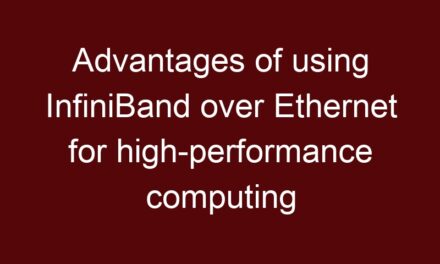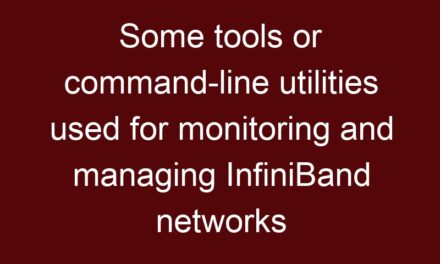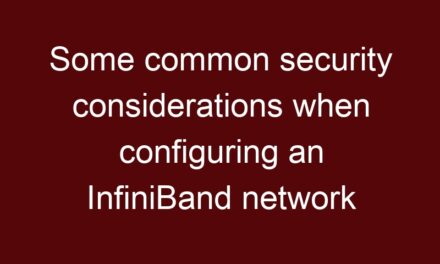Prioritizing traffic using Quality of Service (QoS) is essential in various scenarios to ensure that critical applications or communication patterns receive the necessary resources and maintain optimal performance. Here are some scenarios where QoS prioritization is important:
- Real-Time Applications:
In scenarios where real-time responsiveness is critical, such as control systems, robotics, or video conferencing, QoS can be used to prioritize traffic for these applications. This ensures that their data packets experience minimal delay and remain unaffected by other non-time-sensitive traffic. - High-Frequency Trading:
In financial trading environments, split-second decisions can have significant financial implications. QoS can be employed to give priority to trading data, minimizing latency and ensuring that trading transactions are executed with minimal delay. - Scientific Simulations:
Scientific simulations often involve complex calculations and data exchanges between nodes. Prioritizing simulation-related traffic ensures that the computations proceed smoothly, reducing the overall simulation time. - Large Data Transfers:
In scenarios where large data transfers are common, such as data backup or file synchronization, QoS can be used to ensure that these transfers don’t consume all available network resources, thus allowing other critical traffic to coexist. - Parallel Computing:
In high-performance computing clusters, parallel applications communicate extensively between nodes. Prioritizing MPI (Message Passing Interface) traffic, which is used for parallel computation, can prevent communication bottlenecks and improve overall application performance. - Remote Visualization:
Remote visualization applications require transferring large amounts of graphical data between servers and clients. QoS can prioritize this traffic to provide a smooth and responsive user experience, especially important for interactive visualizations. - Database Transactions:
In database applications, ensuring that database transactions are processed promptly is vital for maintaining data consistency and integrity. QoS can prioritize database-related traffic to prevent delays in transaction processing. - VoIP and Video Conferencing:
Voice over IP (VoIP) and video conferencing applications require low-latency communication to maintain clear conversations and video streams. QoS ensures that these real-time communication streams have minimal delay. - Backup and Maintenance:
During backup or maintenance operations, large amounts of data may be transferred. QoS can allocate lower priority to such traffic to ensure that regular application traffic isn’t disrupted or delayed. - Critical System Monitoring:
For systems that require constant monitoring, such as industrial control systems or healthcare monitoring, QoS can prioritize data from sensors and monitoring devices to ensure timely data delivery.
In all these scenarios, QoS allows network administrators to allocate resources, prioritize certain types of traffic, and manage network congestion effectively. By ensuring that critical applications receive the resources they need, QoS helps maintain optimal performance, reduce latency, and prevent disruptions in various types of network environments.





